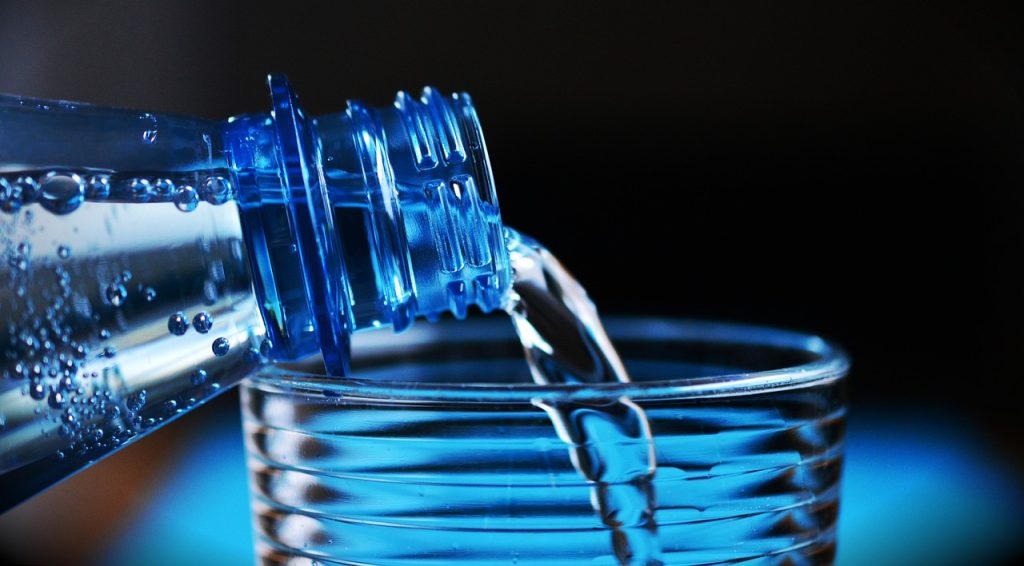
What should be the purity of water, as well as how much water is required by the human body for health has always been a topic of discussion. Continuous research is going on on this and every research in this field is always considered better.
One of the most precious things on earth is water. It is used by all the people of the world directly or indirectly. On one hand, the result of water and its related ignorance or arbitrariness is visible today in the form of climate imbalance, while on the other hand, physical imbalance of water is also emerging as a serious health problem. The unfortunate result of climate imbalance is that people in many parts of the world do not get the amount of water they need to stay healthy.
In recent times, lack of water causes many serious diseases. Health experts say that during the cold season, it is seen that many people consume very little or no water, whereas whether the season is winter or summer, every person should drink adequate amount of water. Many times we drink more water than required considering it beneficial for health, which proves to be harmful for health. Therefore, water should be drunk according to the needs of the body. At the same time, in this era of scientific technologies, great care is being taken regarding the purity of water. But there is a certain limit to the purity of water. Pure or impure water exceeding that limit has adverse effects on health. Today we will discuss this topic in this article-
What should be the measure of water purity through RO or other technologies?
Nowadays, most people have RO systems installed in their homes. We consider the water that comes after being filtered as pure water. However, the World Health Organization (WHO) and the Bureau of Indian Standards have set an ideal standard for water treated with RO or other technologies. The purity of water is measured in Total Dissolved Solids (TDS).
According to Bureau of Indian Standards in a report, if the amount of TDS i.e. Total Dissolved Solids in one liter of water is less than 500 mg then this water is drinkable. But this quantity should not be less than 250 mg because, due to this, the minerals present in water do not reach your body.
According to the industrial ro plant manufacturer in india, the amount of TDS per liter of water should be less than 300 mg. If one liter of water has 300 mg to 600 mg TDS then it is considered safe to drink. However, if the amount of TDS in one liter of water is more than 900 mg then that water is not considered potable.
If TDS in water is less than 100 mg then things can dissolve faster in it. If water stored in plastic bottles has low TDS, there is a risk of plastic particles getting dissolved in it. Which is harmful for health. Many RO companies reduce the TDS of water to sweeten it. When TDS is 65 to 95, water becomes sweet but many essential minerals are also removed from it, most people do not understand the harm caused by this. While fighting the RO case in the NGT, members of the Water Quality Indian Association had argued that there are 98 districts in 13 states of the country where water can be made potable only through RO technology. .
Ideal purity of water is 350 TDS
To put it in simple words which is also accurate on scientific arguments, pure water is one which is tasteless, odorless and colourless. Many people purify the water with RO or other technologies to make the water sweet and increase the TDS to 100, at which level particles of plastic and other things start dissolving in the water. Therefore, you set the TDS of your RO to 350.
Water is necessary for the body according to calories.
It is important to consider two researches on the amount of water required for the body. First, in 1945, America’s Food and Nutrition Board of National Research Council (FNBNRC) conducted a research to drink one milliliter of water to digest every calorie of food. This means that if a man or woman takes two thousand calories, they will have to drink two liters of water. Which includes not just plain water, but water obtained from fruits, vegetables and other beverages.
Similarly, in 1974, the research written by Margaret McCilliams and Frederick Stair on water in their book “Nutrition for Good Health” was widely discussed. Where it was suggested that every adult should drink eight glasses of water daily. The concept of drinking eight glasses of water throughout the day is believed to be inspired by this book. In addition to water obtained from fruits and vegetables, the authors of the book also included cold drinks and beer in eight glasses.
It is important to understand the body’s needs for water.
Both these researches definitely brought awareness about water in the world, but according to many other researches, this amount of water is neither logical nor suitable for everyone’s body. Actually, in any healthy body the brain becomes aware of the need for water and thus the human being has a craving for water. British doctor and sportsperson’s advisor Courtney Kipps says, ‘If you listen to your body, it tells you when you are thirsty.’
Scientists have not yet found any evidence to say that one should drink plenty of water for good health. This simply means that you should drink water only when you feel thirsty. However, there is no harm in drinking a little more water or drinking less water.